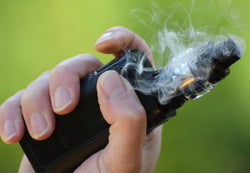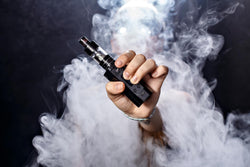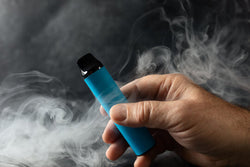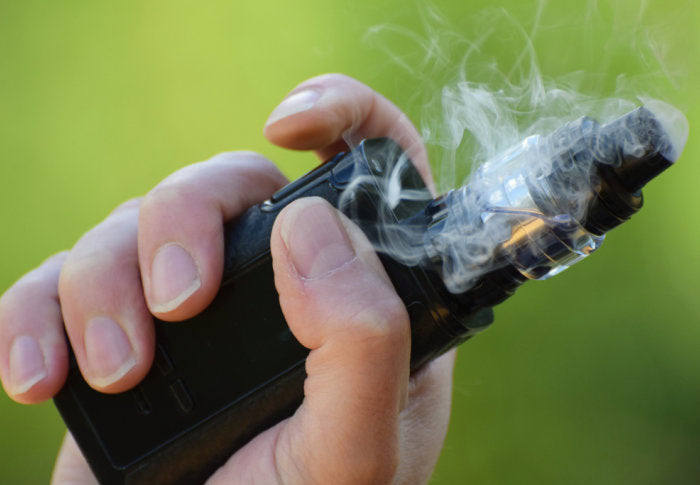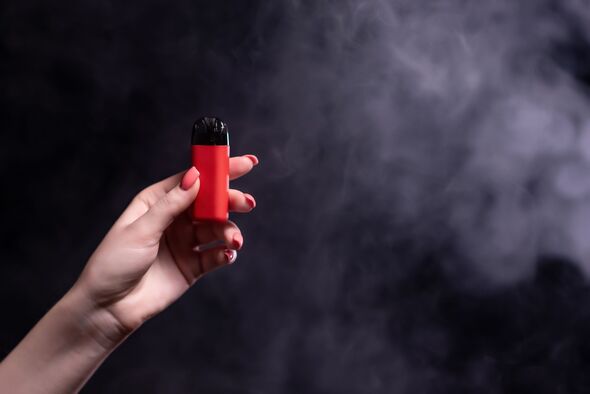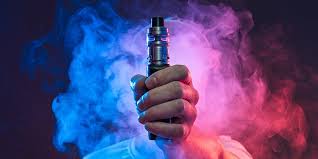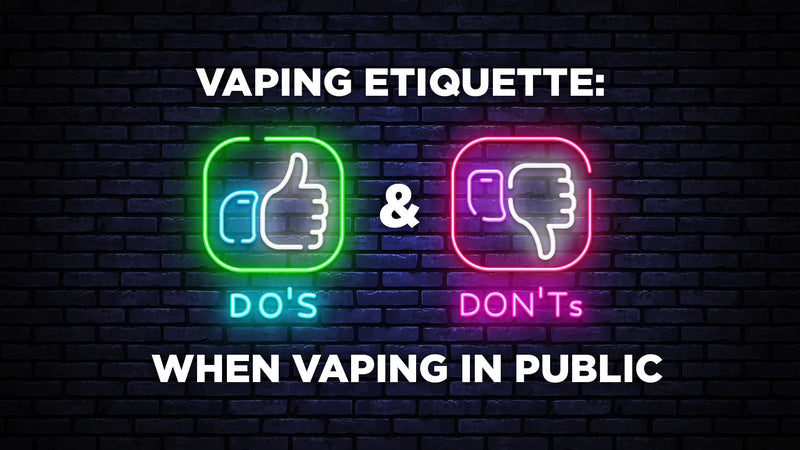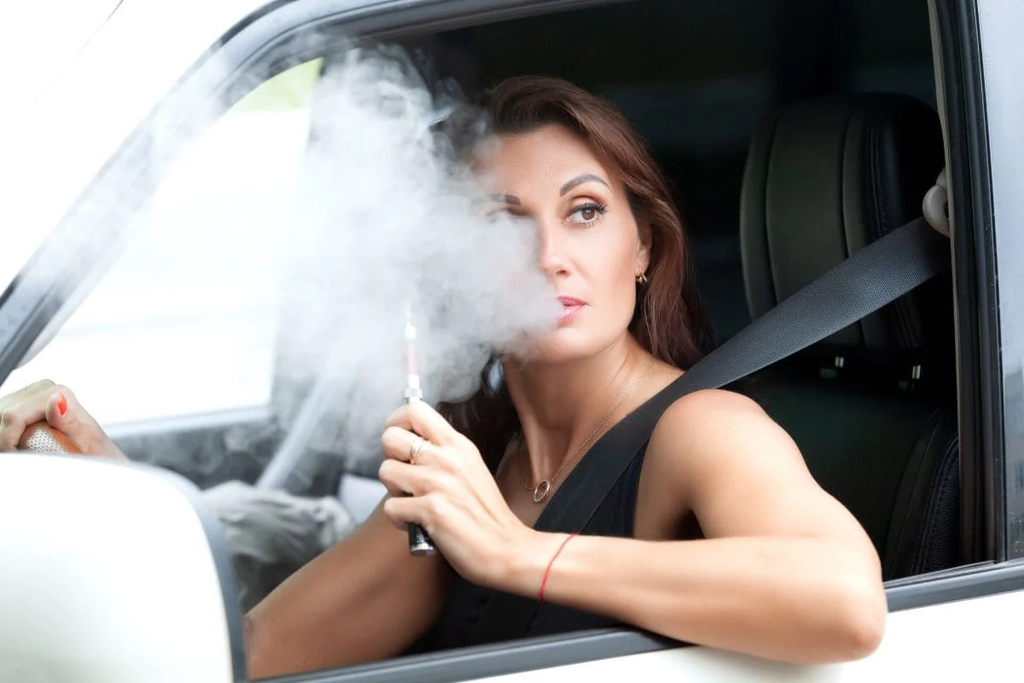

Smoking is the number one preventable cause of death in the world. That's why there are smoking cessation aids - smoking cessation methods - and they can range from products that replace the nicotine you'd normally get from smoking (nicotine replacement therapy, or NRT) to nature-based interventions that have shown promise for personal well-being. - being
A new tool available in the fight against smoking is the electronic cigarette. The word "e-cigarette" is used as an umbrella term for all vaping devices, but it also refers to the so-called Tobacco-like is a small and easy-to-use electronic cigarette that is popular among adult smokers who want to quit smoking. smoking a tobacco-like substance; a type of vaping device designed to look like a cigarette. All these devices produce nicotine in the same way as regular cigarettes, satisfying the nicotine addiction through an activity close to smoking, exploiting the habit side of addiction.
HOW DO E-CIGARETTES WORK?
All e-cigarettes work the same, just with several different materials, sizes and customization options. The principle is that a battery is used to heat the coil, which in turn heats the e-liquid in the tank of the device - this can be used to fill tobacco or vape pod systems. The liquid is heated into an aerosol which the user then inhales.
Some devices, such as vape pens, have a built-in liquid tank, and large Vape Mods usually have a removable one that can be replaced. These large devices often have replaceable batteries and require regular maintenance and replacement of parts that deteriorate over time, such as the coil and suction material. Cig-a-like and vape pod systems only have a battery and refill because the absorbent material and coil are inside the refill.
MISCONCEPTIONS ABOUT E-CIGARETTES
Since e-cigarettes became available, there has been no international consensus on their validity due to a number of factors. One such important factor is the regulation of e-liquids.
The UK has strict rules on nicotine products - how they are packaged, strengths, quantities and what they can contain. US legislation works quite differently and has been updated in recent years due to EVALI cases (e-cigarette and vaping-related lung damage) and the appeal of the flavors to young adults, apparently resulting in young people being encouraged to vape.
Due to the highly addictive nature of nicotine and its effects on brain development, we understand the importance of keeping youth from vaping, but US law means that a youth must break the law to obtain vaping equipment and liquids. where limited flavors can lead to a satisfied vape, now back to cigarettes.
Their response to EVALI's problem was to ban all flavored e-liquids, leaving only tobacco flavors; and from January 2020, this ban began to be enforced, applying it to all flavors except tobacco and menthol. The media worldwide used these EVALI cases as proof that e-cigarette use is just as harmful as smoking. The media did not include all the details of the different levels of regulation when these lung injuries occurred. One recurring injury, known as popcorn lung, was caused by the chemical diacetyl, a chemical that caused lung damage in popcorn factories where it was used as a flavoring agent known as "popcorn lung." The injury was called an e-cigarette hazard, which is unheard of here in the UK, where the addition of diacetyl to e-liquids is banned.
Other lung injuries and vaping deaths in the United States have been linked to the addition of other components to e-liquids. Some American vaporizers mix their liquids with chemicals like THC (tetrahydrocannabinol), a psychoactive compound found in cannabis—when they do, they need other chemicals and often vitamin E acetate to thin or thicken the mix. is used. According to the Centers for Disease Control and Prevention
In the UK we have seen injuries resulting from electrical vapors shorting out when they were kept in the same pocket as other metal objects such as loose change or keys. This led to the device overheating and exploding. Therefore, awareness of the transport and storage of e-cigarettes is a problem. The number of EVALI cases here in the UK is still incredibly low and the examples are from ex-smokers where the damage has already been done.
WHAT IS E-JUICE AND WHAT DOES IT CONTAIN?
E-liquid, also known as e-juice or vape juice, is the medium used by e-cigarettes to deliver nicotine into the lungs. It is a mixture of VG and PG, nicotine and flavourings.
Vegetable Glycerine is normally made from soybean, coconut or palm oil, and is used by the food, pharmaceutical and cosmetics industries.
Propylene Glycol is a synthetic food additive that retains moisture and improves texture and flavour; great at carrying flavours.
Nicotine is the addictive substance found in tobacco.
Flavouring - Natural and synthetic food grade flavourings such as vanillin.
Remember that there is variation in the regulation of e-liquids between countries, so liquids made in some countries will be subject to a higher level of standards, as well as including chemicals that may be prohibited elsewhere. If in doubt - buy UK made!
WHAT IS IN E-CIGARETTE VAPOUR?
E-cigarette vapor - or more specifically, e-cigarette aerosol - is a mixture of gases created by heating the e-liquid. The content of the aerosol varies according to the ingredients of the liquid, as well as the power of the battery and the nature of the "shocks" occurring in the device.
There are only 4 ingredients in e-liquid, all of which are safe by themselves (except nicotine, which is necessary for the e-cig to work).
The aerosol in e-cigarettes naturally contains vegetable glycerin, propylene glycol and nicotine, but the variety of flavors and their chemical composition causes variation in the chemicals produced when heated.
A 2014 study published in the Annals of the American Thoracic Society examined the aerosol content of electronic cigarettes from twelve e-liquid brands and compared the content to a tobacco cigarette. In the e-cigarette aerosol, acetaldehyde concentrations are approximately 100-450 times lower than in traditional cigarettes, and acrolein concentrations are 15-30 times lower. Other harmful chemicals, such as nitrosamines and nitrosonicotine, were present in e-cigarette aerosol, but again in much lower amounts—the concentration of nitrosamines in cigarettes is about 380 times higher in e-cigarette aerosol, and the concentration of nitrosonicotine in a cigarette. is about 40 times higher. to smoke Seeing these numbers helps us understand how Public Health England concluded that electronic cigarettes are "at least 95% less harmful than traditional cigarettes"!
Another study, also conducted in 2014, examined the levels of acetaldehyde and hydroquinone in exhaled e-cigarette aerosol from two named e-cigarettes—one tobacco and one menthol flavor—and compared them to exhaled cigarette smoke (Marlboro Gold brand). . The results showed that of all the subjects used to measure tobacco smoke, only one reading was too low to accurately determine the amount of acetaldehyde. and in cases where the amounts were large enough to be measured, the amount found is always many times less than the amount found in cigarette smoke. The same study confirmed that more than 99.9% of the mass of exhaled e-cig aerosol is water and glycerin, and mentions that about 85% of tobacco smoke aerosol in the environment comes from the passive burning of a cigarette - what it does not in an e-cig. The study also cites studies examining machine-generated e-cigarette aerosol in enclosed spaces, which show exposure to e-cigarette aerosol components would not exceed background levels - and thus without exhalation from the lungs to reduce levels of these particles.
. Analysis of flavors and other chemicals in e-liquids shows that levels of harmful particles are negligible compared to cigarette smoke and, as one study suggested, equal background levels. Therefore, it is logical to conclude that switching from cigarettes to vaping will reduce the risk of heart and lung disease due to the huge reduction in toxins and the elimination of carbon monoxide (not burning) and tar. It is important to note that there are other factors that can affect the aerosol content of e-liquid. For example, the condition of the coil will likely affect the heavy metal levels in the e-liquid - an old, bad coil will contain lead particles, so if you use a low-ohm unit, make sure you always have a spare. rolls with you . Clean your device regularly, especially if it comes into contact with e-liquid, to avoid contamination!


